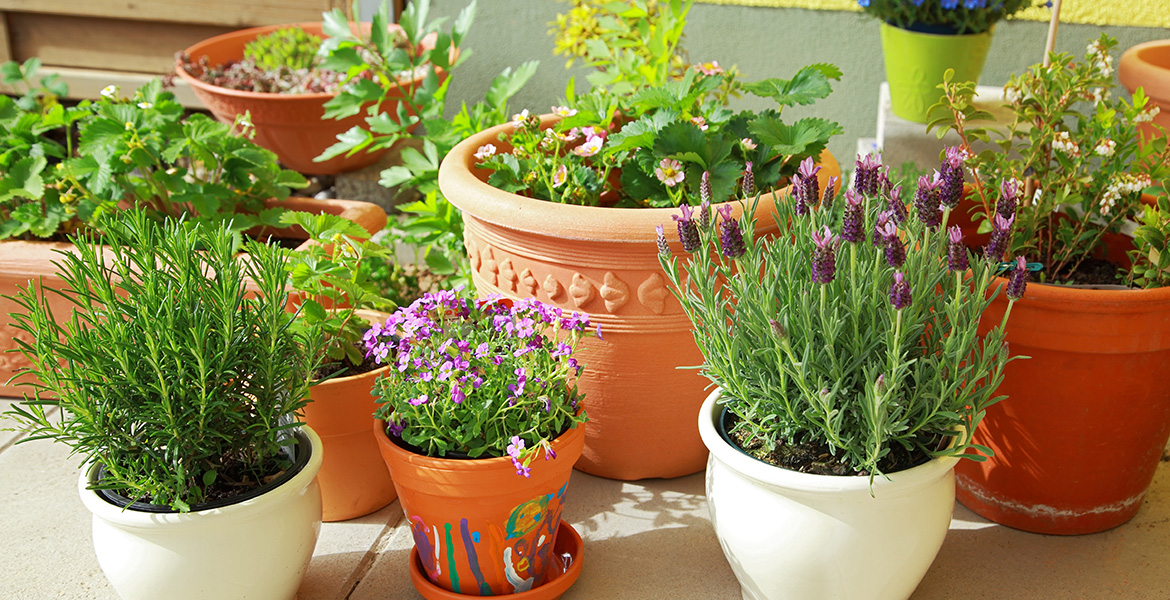
As the weather cools, prepare your plants to be moved indoors
Wednesday, September 18, 2019
There is no need to dig out your heavy coat and scarf anytime soon, but with fall weather heading this way soon, gardeners should begin making plans for moving their patio plants indoors.
Oklahomans experience warm, humid weather in the summer months, which is a great growing environment for tropical plants, said David Hillock, Oklahoma State University Cooperative Extension consumer horticulturist.
“Unfortunately, these plants won’t withstand the cooler temperatures that will be arriving soon. Once we begin experiencing nighttime temperatures in the 50s, gardeners should begin the transition process,” Hillock said
It is never good for the plants to simply bring them inside and leave them. This can cause plant stress due to the sudden change in temperature, light and humidity. Light levels inside your home are much lower compared to the bright sunshine outside.
Instead, Hillock recommends one way to acclimate the plants to lower light levels is to place them in shaded areas in your yard for a week or so.
“Next, move the plants indoors for a day or two during the week. Gradually leave plants indoors for longer periods of time,” he said. “This process helps the plants acclimate to less natural light. Try to check the long-range forecast to ensure you can complete this process before the first cold snap.”
Be sure to check the plants for insects while moving them indoors. Plants can serve as an Uber or Lyft for garden pests, which can attack other house plants in your home. Beetle bugs, slugs, pill bugs and centipedes live in the soil around the base of the pot. It is a good idea to check thoroughly for insects. Also, check between the pot and the saucer. Some pests like to call that area home. If you discover any insects, treat them with an insecticide outside before bringing them into your house.
“Also, check the foliage and stems for pests. Aphids, mealy bugs and scales can move indoors undetected and before you know it, their population can explode,” Hillock said. If you find any of these insects, wash them from plants with a heavy stream of water. Another option is to treat the plants with an insecticidal soap. Read the product label to ensure the soap is compatible with the plant you’re treating. It would be prudent to isolate treated plants from other houseplants for a few weeks until you’ve determined the pests are under control.”
Once the plants are indoors fulltime, keep in mind they will not need as much water compared to when they were outside. Only water them when the soil is dry to the touch.
“Houseplants certainly add another dimension to your home’s décor. Taking the time to properly acclimate them will help ensure they stay healthy until it’s time to move them back outside next spring,” he said.
MEDIA CONTACT: Trisha Gedon | Agricultural Communications Services | 405-744-3625 | trisha.gedon@okstate.edu
